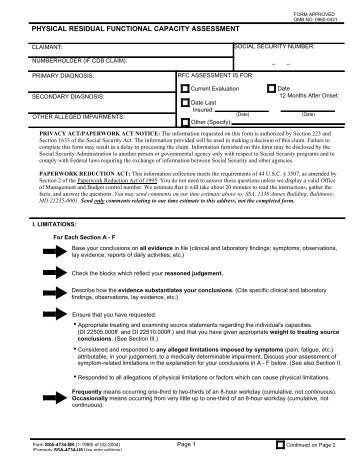

Inspiratory capacity is the volume of air that can be inspired following a normal, quiet expiration and is equal to tidal volume + inspiratory reserve volume. What is the normal value of functional residual capacity quizlet?įunctional residual capacity: In adult male average value is 2400mL, and in adult women average value is 1800mL. A spirometry test requires you to breathe into a tube attached to a machine called a spirometer. Is a spirometer A?Ī spirometer is a diagnostic device that measures the amount of air you’re able to breathe in and out and the time it takes you to exhale completely after you take a deep breath. What FEV1 and FVC percentages are normal in spirometry test results? A normal ratio is considered to be 70% to 80% in adults, and 85% in children. Consequently, FRC or resting volume occurs at a higher volume, which defines static hyperinflation (short-dashed lines). Loss of lung elasticity due to emphysema in COPD reduces the lung recoil pressure. What happens to the functional residual capacity in COPD? Increased intraabdominal pressure: pregnancy, ascites, abdominal surgeryĭecreased respiratory muscle tone, eg. What increases functional residual capacity?įactors which influence the FRC Factors which increase FRC Obese patients will have a lower FRC in the supine position due to the added tissue weight opposing the outward recoil of the chest wall. In healthy humans, FRC changes with body posture. Total lung capacity also increases, largely as a result of increased functional residual capacity. Read More: Does twitching come before weakness in ALS? What happens when functional residual capacity increases? What determines functional residual capacity?įunctional residual capacity is the volume of air in the lungs after a normal relaxed expiration and is determined by the balance between the tendency of the lungs to recoil inwards and the chest wall to pull outwards. What is the definition of functional residual capacity quizlet?įunctional residual capacity (definition) The volume of air that is in the body at the end of a passive exhalation. The FRC also represents the point of the breathing cycle where the lung tissue elastic recoil and chest wall outward expansion are balanced and equal. In a normal individual, this is about 3L. What is FRC in spirometry?įunctional residual capacity (FRC), is the volume remaining in the lungs after a normal, passive exhalation.

The FRC acts as a buffer by preventing rapid changes in alveolar gas tensions from inspired air. This is about 2.5 L in the average-sized adult or 35 mL/kg. The functional residual capacity (FRC) is defined as the amount of gas left in the lungs after normal expiration. What is the purpose of functional residual capacity?

Why does functional residual capacity change with exercise?.What is the definition of residual volume quizlet?.What is the normal value of functional residual capacity quizlet?.What happens to the functional residual capacity in COPD?.What increases functional residual capacity?.What happens when functional residual capacity increases?.What determines functional residual capacity?.What is the definition of functional residual capacity quizlet?.What is the purpose of functional residual capacity?.


 0 kommentar(er)
0 kommentar(er)
